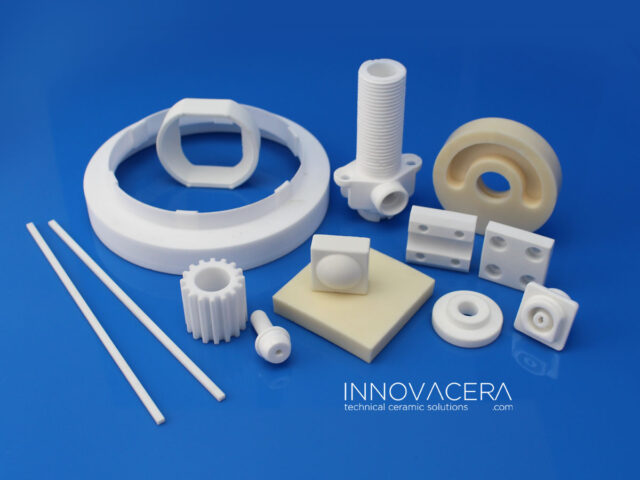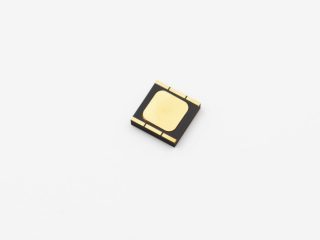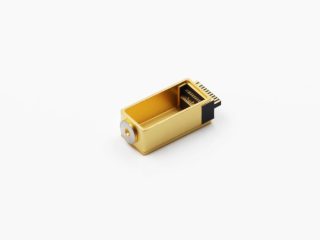Alumina is a very common technical ceramic material. Zirconia is also widely used in machinery industries. As an advanced ceramics manufacturer, we’d like to introduce the differences between alumina ceramic and zirconia ceramic.

In terms of performance:
1.The density of zirconia ceramics is twice that of alumina ceramics, the bulk density of zirconia is 6.05g/cm3, while that of alumina is only 3.7g/cm3. So zirconia has better compressive properties in comparison.
2.The toughness of zirconia ceramics is 4 times that of alumina ceramics. The toughness of the zirconia ceramic is excellent, which overcomes the inherent brittleness of the ceramic itself, has higher wear resistance, and greatly extends the service life of the product.
3.Zirconia parts with higher surface finish. After grinding and processing of two materials, zirconia has a higher surface finish, and the roughness can reach about Ra0.02. The surface is mirror-like, very smooth, and has a smaller coefficient of friction. But alumina roughness is about Ra0.2~Ra0.4.
4.Zirconia ceramics have excellent thermal insulation, and its thermal conductivity is less than one-tenth of the thermal conductivity of other ceramics.
In terms of price:
The price of alumina is lower than that of zirconia. One of the reasons is the cost of the raw material, another reason is the high processing cost of zirconia ceramics.
In terms of applications:
1.Alumina ceramic could withstand higher temperature, application in industry furnace.
2.As the wear resistance for zirconia is much better, it is frequently used as mortar and pestles, grinding jars and grinding media, bearing balls and ceramic parts in valves and pumps.
3.Zirconia has better corrosion resistance. Zirconia could survive longer in highly corrosive environment and is considered better material in chemistry laboratories.
So Zirconia ceramics are suitable for applications in high-load, high-strength, and chemically corrosive environments, while alumina ceramics are suitable for applications with low loads, high temperatures, and heat dissipation.




 Enquiry
Enquiry